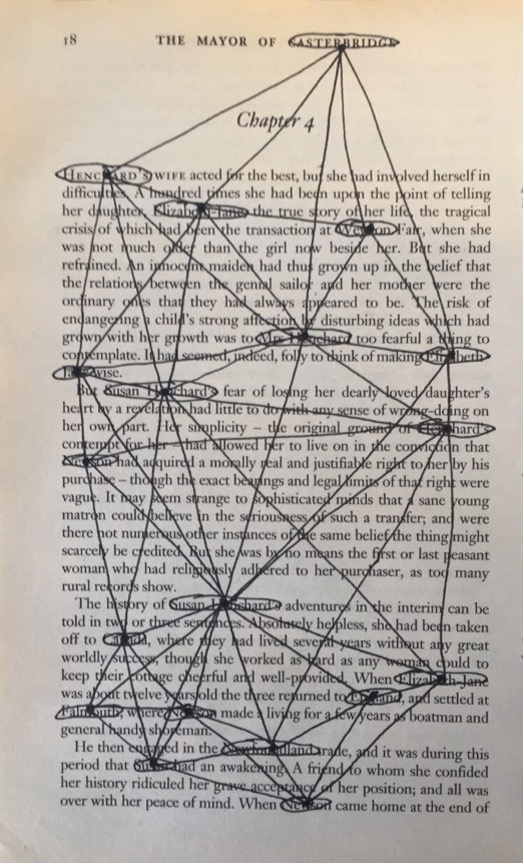
A big emphasis was put on the process of simply making through experimenting with a variety of materials, shapes and linear and planar elements when creating our sculptures. Following this process I ended up with the self deemed, unfinished sculpture shown in figure 1. However, my lecturer Dr. James Charlton, introduced me to the works of New Zealand artist, Len Lye.
As shown in the video above of Len Lye’s kinetic sculpture, my sculpture had a significant resemblance to his works. This got me thinking about how I could incorporate movement and kinetic energy into my own works. Obviously, I do not have the equipment to create mechanical pieces like Lye’s. However, I am able to make my pieces interactive with the viewer by converting weight and force into kinetic energy.
For this piece above, I combined the weight and density of the plaster moulds with the flexibility of the metal sheet from my sculpture above, to create a kinetic sculpture of my own. Unlike Len Lye’s piece which uses automatic mechanisms to create movement, my piece requires physical force to press down on the plaster mould and allow the metal to spring back up. This creates the bouncing effect.
The collaboration of weight and flexibility creates movement as well as a sense of balance. Without the use of force, the piece sits still, the heavier mould allowing the metal sheet and smaller mould to stay suspended in space. However, in this position, the metal bends downwards serving as a reminder of the weight of the plaster mould sitting on the end.



















